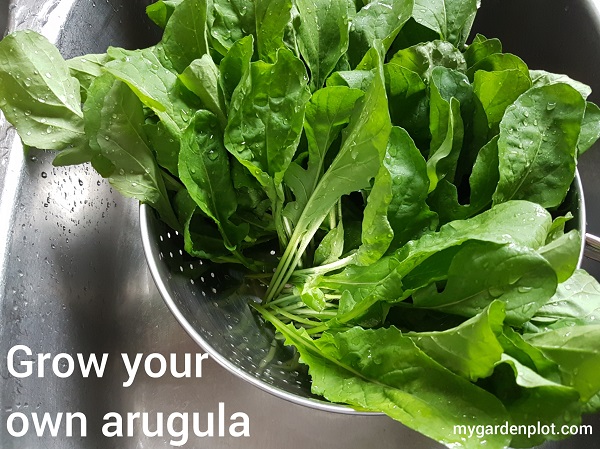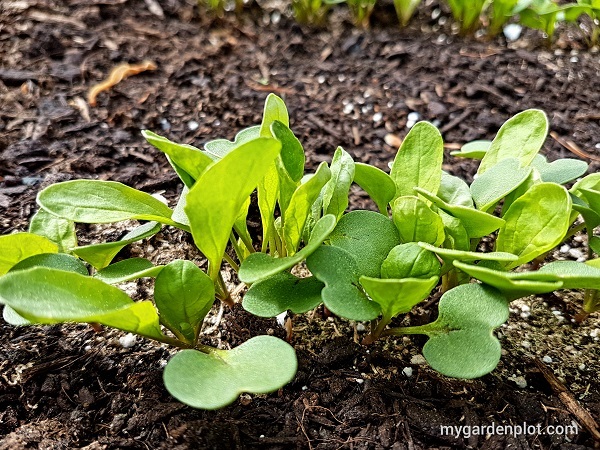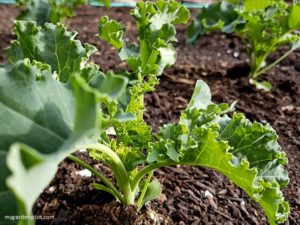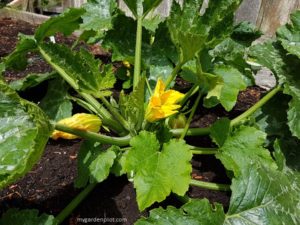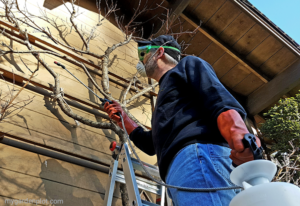Arugula By Other Names: Rocket, Rucola And Roquette
With cool growing seasons and the seasonal rains in the Pacific Northwest, it is no surprise that arugula grows well here year-round. And as one of our favourite salad leaves in our home, it was one of our must-haves in our vegetable bed. Arugula is often thought of in the lettuce and salads context, but technically arugula is a herb. Arugula, better known as rocket in England, can be either mild or spicy and peppery. Either way, its delicious nutty flavour is terrific in salads and even on pizza. This is a super easy herb to sow from March through to September. But please check your gardening zones for the best times to start planting in spring.
In the past two decades, the use of arugula has gone through a revival. However, the culinary use of arugula goes way back in history. In the 15th and 16th centuries, it was fashionable in Britain and Europe to include herbs and strongly flavoured leaf vegetables in salads. This included the spicy and nutty arugula. The picture above: Young Astro arugula is a tasty and reliable “cut-and-come-again” variety which can handle both cold and hot temperatures well.
Arugula (Rocket) At A Glance
Type: Annual
Location: Full sun to light shade during hot summer months
Season: Spring / Summer / Autumn (fall)
When To Plant And How to Grow Arugula (Rocket)
Growing arugula is easy, fast-growing and doesn’t need much space. Suitable for container growing too. As it can be grown year-round, for the most part, consider a location that is handy for quick harvesting anytime. Direct sow arugula seeds outdoors in shallow soil about 1/4 to 1/2 inch deep. I have used potting soil to cover over the seeds, which helps not planting them too deeply. The seeds are small. So if sown too closely together thin out to 1 to 2 inches apart. Arugula enjoys organic-rich, moisture-retentive soil. Seasonal rains may be sufficient during the cooler months. Still, it will be best to water regularly during the drier hot summer months. Alternate sowing for a continuous harvest of arugula leaves.
To keep arugula from getting too spicy, try growing it in a partially shaded area. As a cool-season leaf vegetable, it will need some protection from direct sun during the hot summer months. If too hot during summer, try using a screen cover to keep it cool. The cover will also protect it from pests getting to your arugula. In winter, the screen cover may also protect it a little from frost during colder weather.
Arugula will need additional fertilizer about once a month during growing seasons.
As a companion plant, arugula can be grown next to most vegetables, however, do not plant next to strawberries as it can impair growth.
Interesting Tip
Help! My Arugula Has Grown Too Fast
Did you suddenly have a heatwave and noticed that your arugula suddenly have long stems growing? If your arugula bolts on you and grows large leaves and stems, you can still use those leaves. The whole plant is edible. The leaves may be a bit tough or too strong flavoured for salads. However, remove the leaves from the stem and cook them as you would any greens, adding them to stews, sauces, soups, or sauté. Sautéed peppery arugula is delicious with fried garlic and finished with a little lemon or lime.
Can you eat these white blossoms? Yes, the arugula flowers are edible and look wonderful tossed in with your summer salads. The bees love them too, so perhaps leave one or two in the garden for them.
As for the remainder of your arugula plants, you can either start again or cut down and wait for new young leaves to emerge for your salads. Alternatively, let it go to flower next time. They are lovely as a garden flower and the pollinators will love to visit!
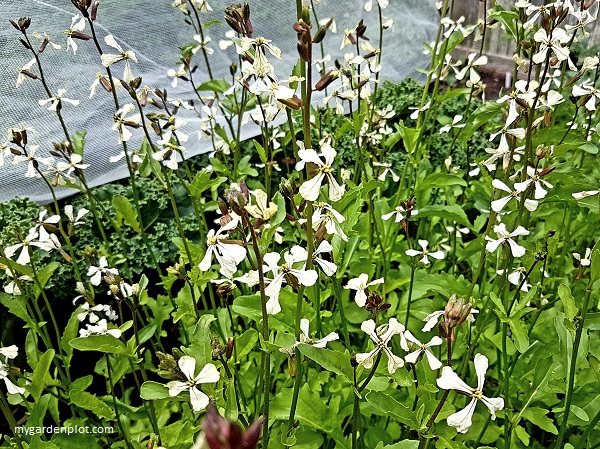
Harvesting Arugula (Rocket)
The leaves of your arugula should be about 4 to 6 inches long when they are ready to be harvested. To encourage new growth, use scissors to cut leaves. If you prefer a mild flavour, use the younger leaves. But if you wish a little more of a peppery kick, the older leaves are better.
